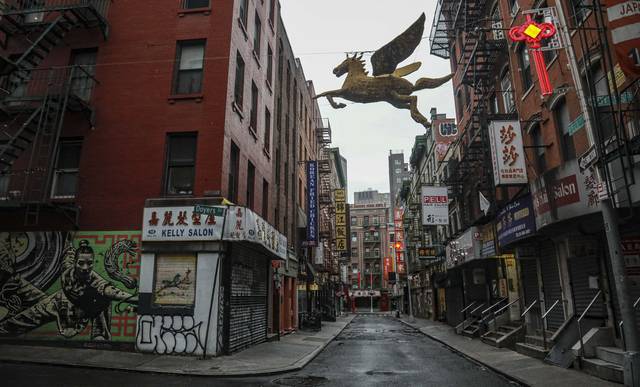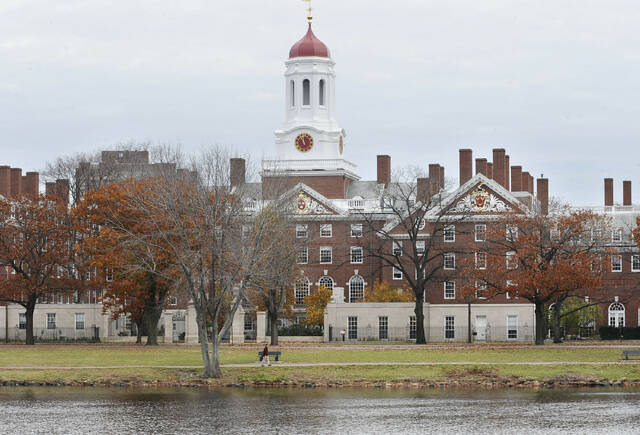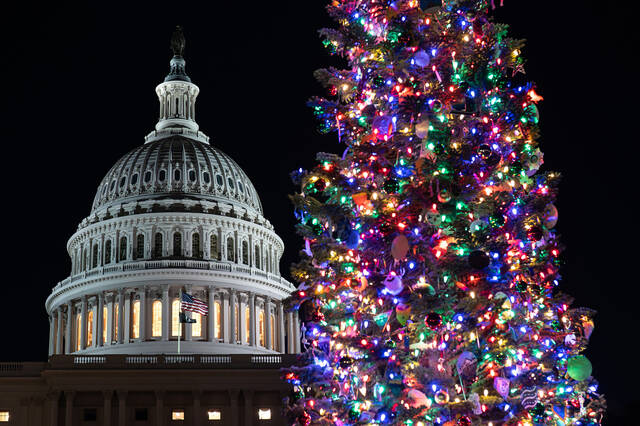The coronavirus pandemic has killed nearly 70,000 Americans and induced the worst economic collapse since the Great Depression.
And if history is our guide, the economic crisis, which has produced 30 million unemployed Americans in six weeks, may prove more enduring, ruinous and historic than the still-rising and tragic death toll.
The Spanish flu of 1918-19, the deadliest pandemic in modern history, infected an estimated 500 million people worldwide, a third of the planet’s population, and killed an estimated 20 million to 50 million victims, including 675,000 Americans.
Yet the Spanish flu did not shut America down.
As the Spanish flu hit and spread in 1918, the U.S. raised, trained and equipped an army of 4 million men, sent 2 million soldiers to France, broke Gen. Erich Ludendorff’s army, and turned the tide in favor of the Allies.
As the scourge continued to take its toll, President Woodrow Wilson sailed to Europe, participated for months in the Paris Peace Conference, returned, went on a national train tour to sell his Paris treaty and League of Nations, and suffered a stroke.
The Great Depression, to which our current crash is being compared, did not last for just a year like the Spanish flu. The Depression lasted from the stock market crash in October 1929 to the eve of World War II.
Economically, it was devastating. Unemployment during the 1930s never fell below 14%. In 1937, it was back up to 17%.
At the bottom of the Depression, the stock market had lost 90% of its value, and the GDP had fallen 50%. Not until the end of FDR’s second term, in 1940, when the U.S. began to gear up for the war, did America really begin to pull out of it.
FDR’s New Deal, however, while it did not cure the Depression, was a historic political triumph for the president and his party.
From 1930 through 1946, Democrats controlled both houses of Congress every year and elected and reelected FDR four times.
What this suggests is that the economic devastation we have brought upon ourselves to battle the pandemic may prove more lasting and historic in its impact than the terrible losses of human life to covid-19.
Politically, the Depression worked for the Democratic Party like no other event in history. After the Crash of 1929 under President Herbert Hoover, the GOP held the House and Senate for only four of the next 50 years.
From 1932 to 1968, the GOP lost the presidency in seven of nine elections. Only Dwight Eisenhower’s two terms in the 1950s interrupted a 36-year reign of the Democratic Party in the White House.
Richard Nixon broke the Democratic dominance and took back the White House for the Republicans in 1968. But it would still take another dozen years before the GOP won control of either house of Congress.
President Trump predicts a V-shaped recovery, the greatest boom in U.S. history. But it is well to recall what happened to the GOP when it failed to deliver in the last Depression.
Just as the Civil War was the defining event of the 19th century, giving us 13 Republican presidents from Lincoln to Hoover and only two Democrats, how and when we emerge from this new Depression may tell us which party not only wins 2020 but dominates the new era.
Democrats may proclaim they are eager to see the pandemic come to a swift and early end and the economy to return quickly to the robust state it was in last February. But the cold political interests of the Democratic Party today are what they were in Hoover’s time, to pray the president fails, and fails badly, so they inherit the estate.








